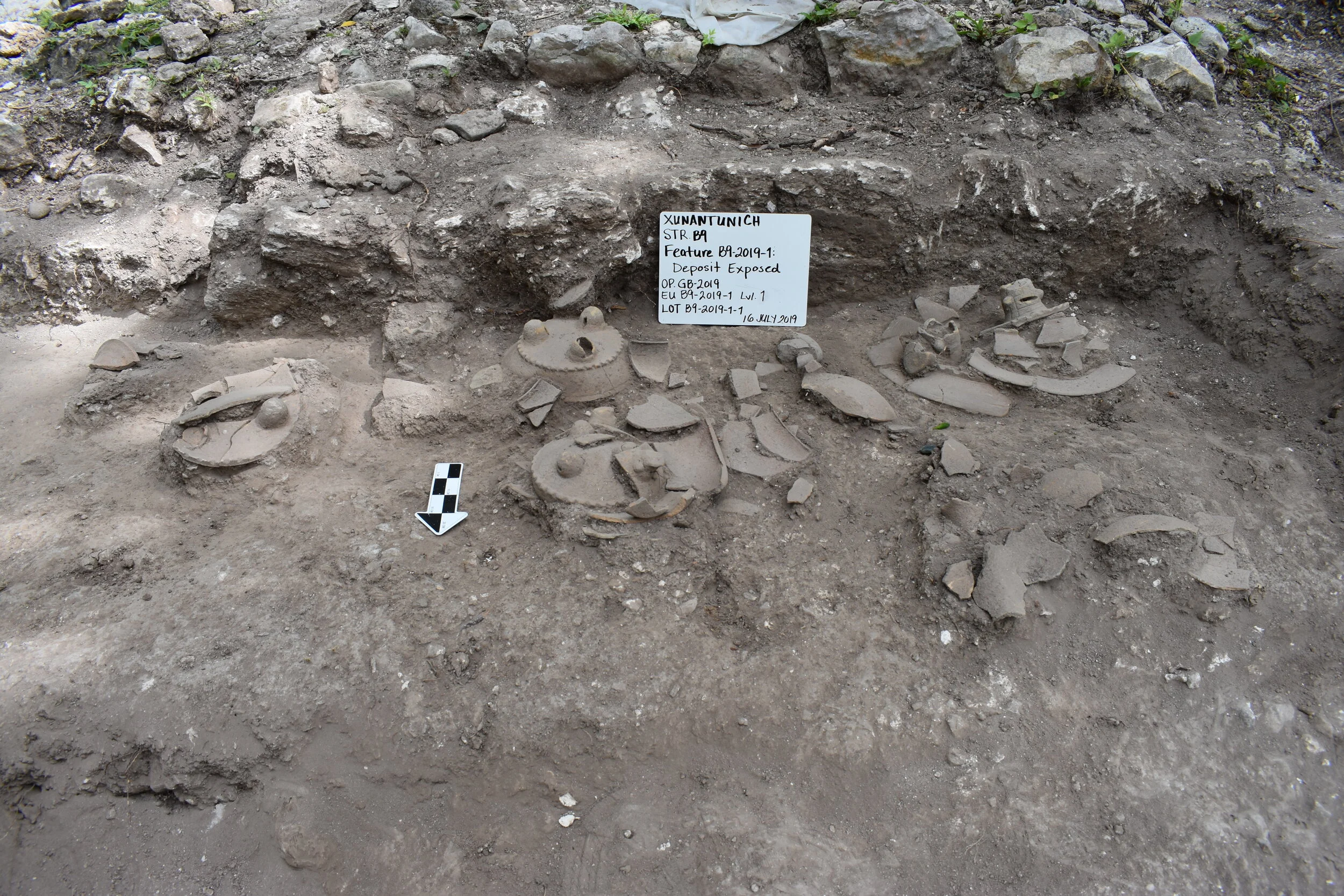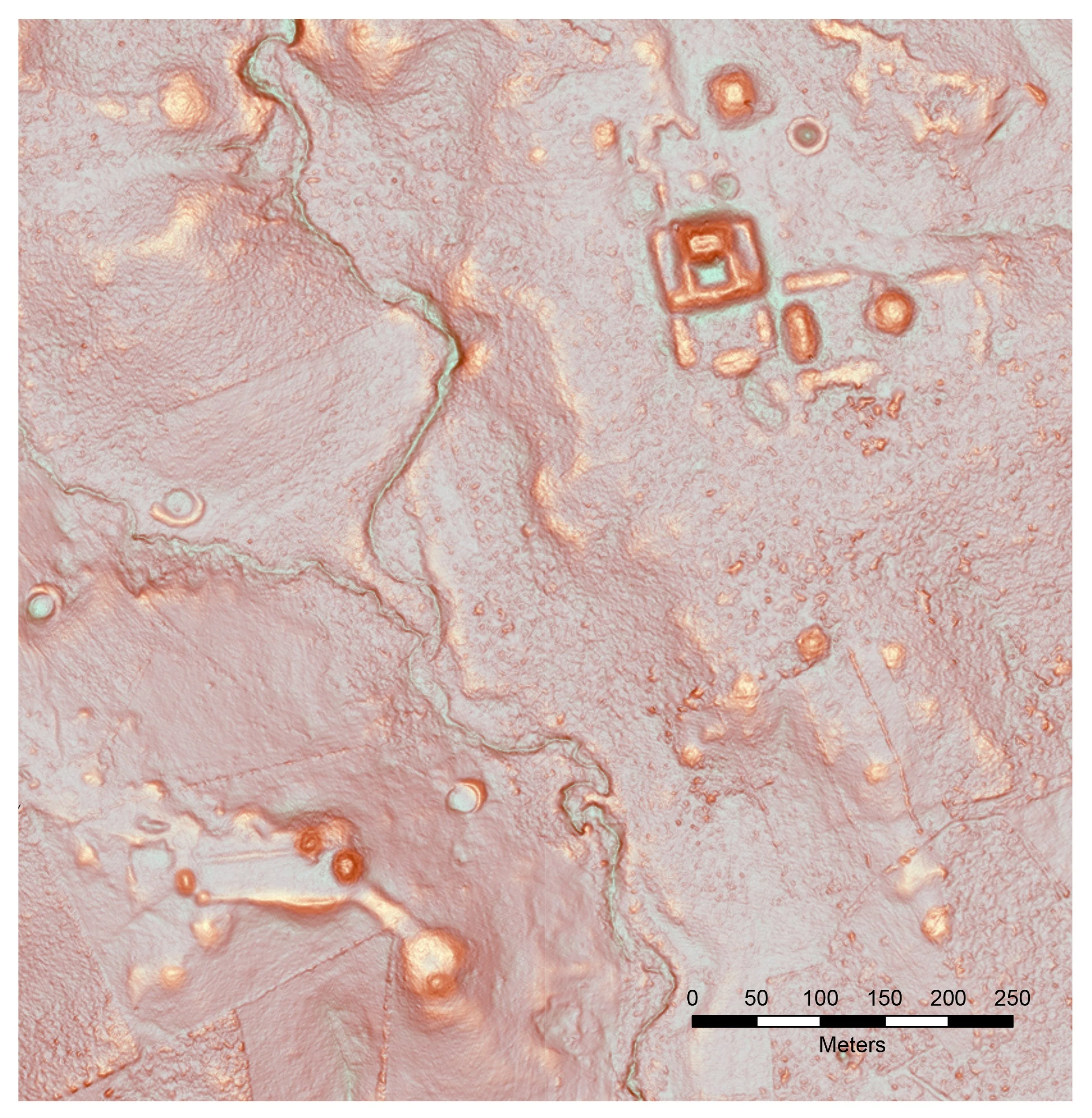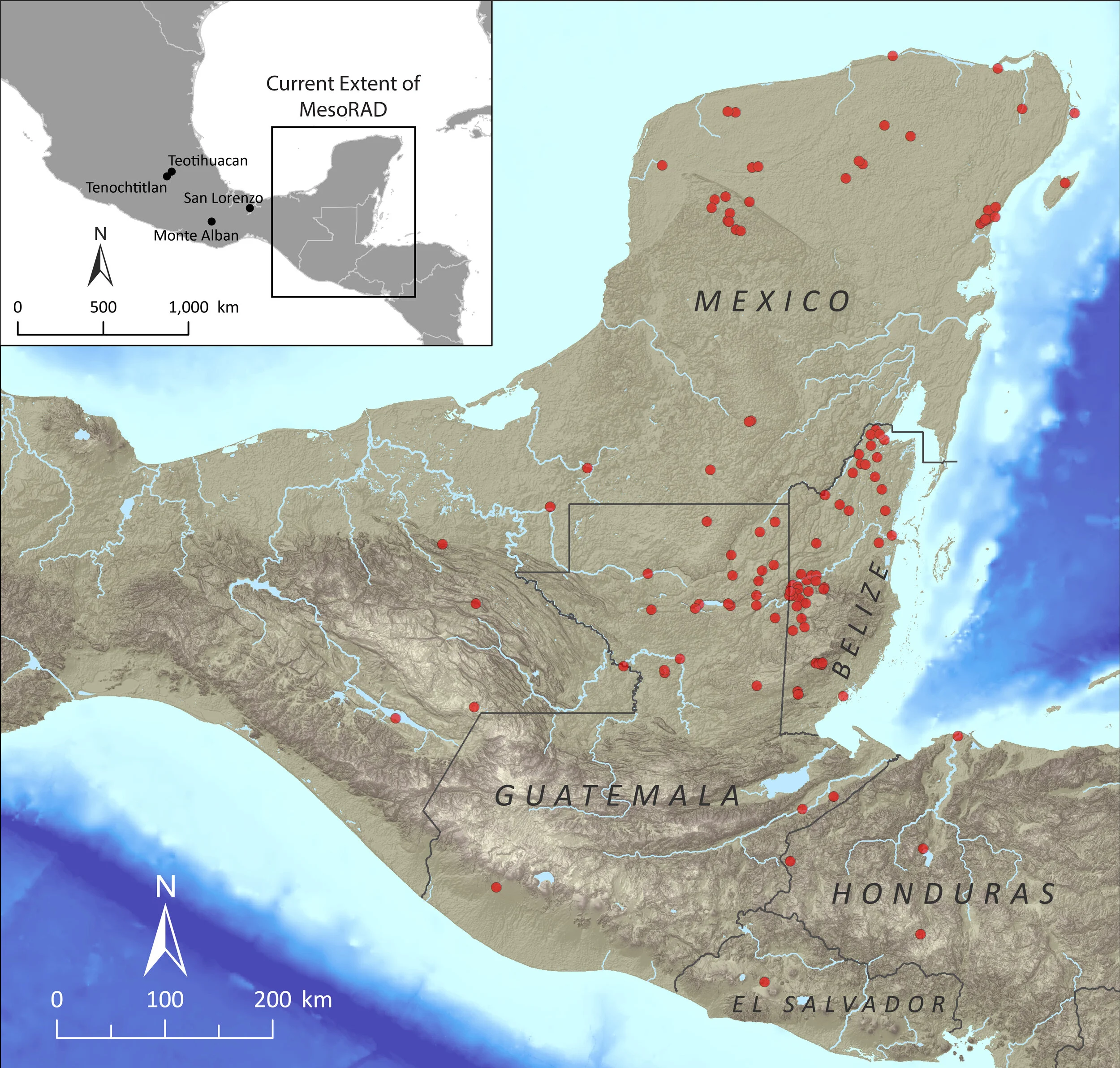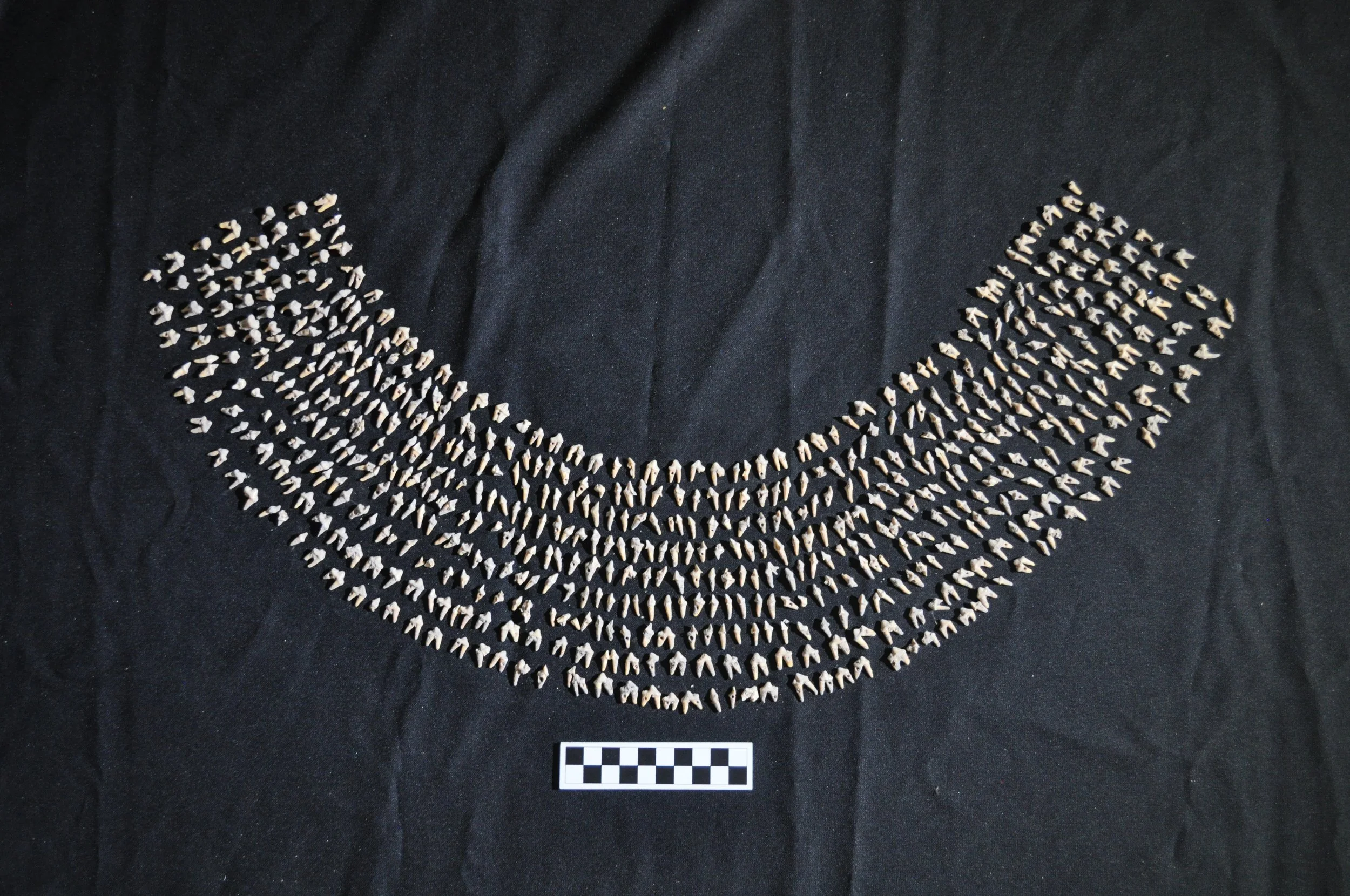
Current Projects
-
Paleoecology of Early Maya Agriculture
This project investigates early maize agriculturalists in the Belize Valley, focusing on the transition to agriculture during the Late Archaic period (~3500-1000 BC). While initial maize domestication occurs around 9000 years ago in Mexico, evidence for farming in the Maya lowlands emerges only about 4000 years ago. By combining lidar (light detection and ranging) remote sensing and paleoecology with archaeology, our work systematically examines the subsistence and settlement patterns of Late Archaic peoples in the Belize Valley, specifically targeting rockshelters for excavation. The goal is to identify Archaic settlement locations through systematic surveys and explore material culture and subsistence systems, particularly maize agriculture, using test excavations and various analytical methods, including radiocarbon dating and paleoethnobotanical analysis. This project also involves isotopic analyses of environmental samples (vegetation, water, rocks, animal remains) to create a regional isoscape model.
-
Human-Animal Interactions in the Belize Valley
Animals were integral to ancient Maya life, serving various roles in society. Researchers in the MAIS Lab are conducting isotopic analyses to examine the role of dogs in Maya society, as well as their diet and movement over two millennia Preliminary results indicate a range of diets that reflect differing human-canid relationships. The management of dogs during the Classic period, in particular, may reflect their increasing significance as symbolic ritual agents rather than as food sources. Additionally, we recently collaborated with colleagues at Oxford on the Ancient American Dog Project, which uses genomic methods to reconstruct prehistoric dog populations and human-dog interactions across the Americas over the last 10,000 years.
-

The Yaxox Archaeology and Conservation Project
The Yaxox Archaeology and Conservation Project (YACP), launched in collaboration with the Belize Institute of Archaeology in 2023, focuses on integrating advanced lidar remote sensing, settlement surveys, and excavation to document and protect the threatened archaeological site of Yaxox in the Cayo District of Belize. This project addresses the challenges posed by modern development and agriculture, which jeopardize the preservation of parts of the ancient urban landscape. The YACP aims to systematically record monumental architecture and peripheral settlements, assess the site's political significance in the upper Belize River Valley, and engage local communities in the research process. The 2024 field season will concentrate on pedestrian surveys to ground truth the lidar datasets for the site. Future field seasons will include excavations in both monumental and residential contexts to explore how the architectural layouts of the site reflect their unique occupational histories and forms of urban organization.
-

CAMBIO: Caribbean & Mesoamerica Biogeochemical Isotope Overview
CAMBIO is a collaborative effort led by Early Career researchers working in Latin America, the US, and Europe to systematically compile published isotopic data in an open-access and multilingual format (Spanish, French, and English). CAMBIO collects stable isotope data from archaeological sites across Mesoamerica and the Caribbean that are sensitive to the past diet and mobility of humans. The project has started with data from human biological remains, which was was recently published in Scientific Data, and is housed open access via the Pandora data platform. We are now expanding with a larger group of collaborators to include data from other animals and plants. As the largest repository for human isotopic measurements from the Caribbean and Mesoamerica, analyses of data in CAMBIO have the potential to address significant questions about different cultural developments (origins of agriculture, urbanism, movement and migration) from the Paleoindian period through Colonial times.
We are continually expanding the network of CAMBIO collaborators. If you are interested in being part of the project or contributing data, we would love to hear from you!
-

MesoRAD: The Mesoamerican Radiocarbon Database
The Mesoamerican Radiocarbon Database (MesoRAD.com), in collaboration with Julie Hoggarth (Baylor University), compiles radiocarbon dates and isotopic data from archaeological sites across Mesoamerica. The inaugural dataset is now online and includes radiocarbon dates from the Archaic to Colonial periods in the Maya lowlands, enabling researchers to explore spatial, temporal, and contextual trends from over six decades of published archaeological research. While our current efforts focus on published radiocarbon data, our goal is to foster collaboration among Mesoamerican archaeologists to expand the database with additional dates and stable isotopic information, facilitating larger synthetic research projects.
We are interested in expanding the regional breadth of the database. If you are interested in helping the database managers in these endeavors, we would love to hear from you!
We have worked with tDAR to archive these data for future use. You can find the most recent version of MesoRAD here.
-

Obsidian and Pottery Geochemical Provenance and Networks
Ongoing studies in the MAIS Lab are focused on geochemical sourcing of ceramics using INAA (Instrumental Neutron Activation Analysis) and obsidian using pXRF (portable X-ray fluorescence) to reconstruct the local and long-distance economic systems in western Belize. Preliminary results suggest both overlapping and contrasting procurement strategies for these key resources. Notably, the long-distance exchange of ceramics with polities in the Petén region of Guatemala may have supported the development of stratified institutional economies during the Formative period. You can read more about our ceramic INAA research here.


